Once you’ve been to the Acropolis, you might think that you’ve had your dose of history in Athens and it’s time to hit the islands. That would be a shame as there’s so much more to see in this incredible city! Here’s seven other amazing ancient sites that I discovered as we explored Athens.
The Ancient Agora

The Agora was the centre of life in Athens – both public and political. A marketplace, a meeting place, a legislative place, a place to worship, it would have been bustling! The Ancient Agora of Athens dates from around the 6th century BC, and could have seen Socrates theorising amongst its leafy avenues.
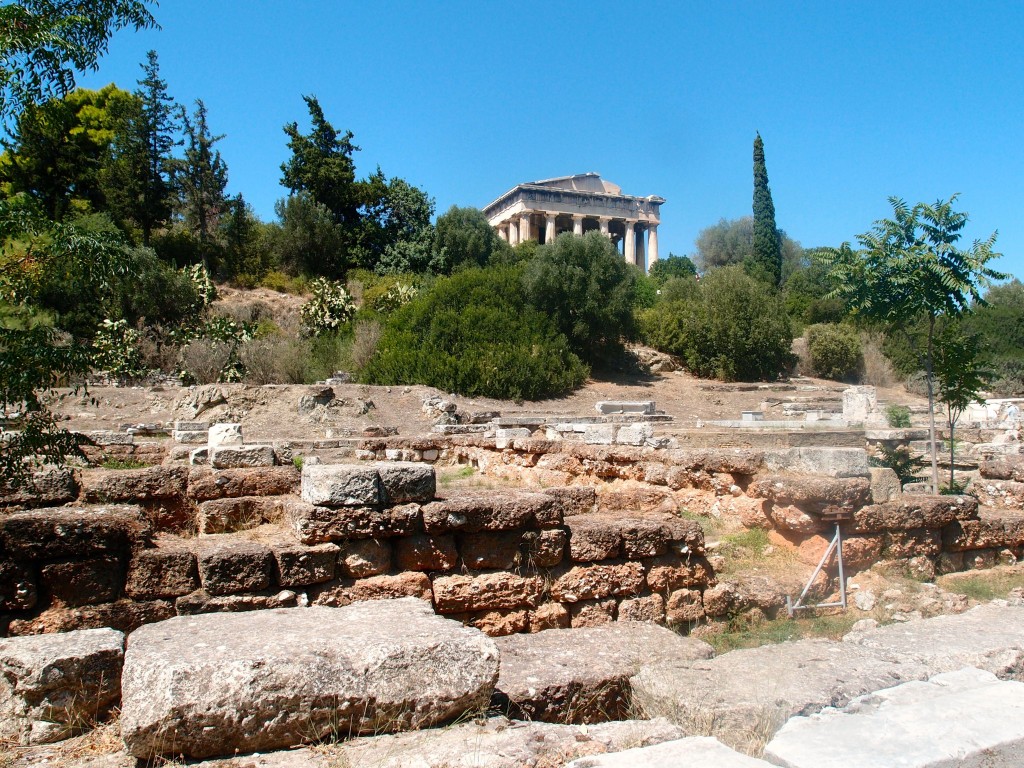
The Agora is a huge site set on the hill to the north-west of the Acropolis – we could only cover a fairly small portion of it in the scorching heat before seeking the shade of the reconstructed Stoa of Attalos. This houses many of the statutes discovered during archaeological excavations as well as fascinating displays on the history of the site.
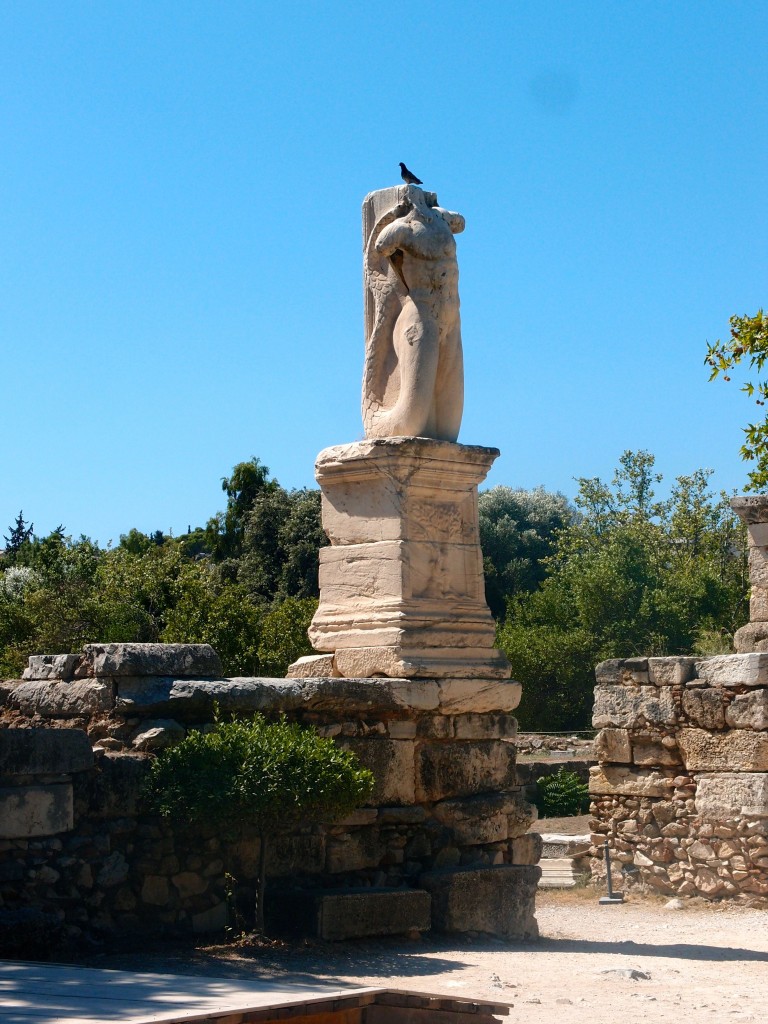
Hadrian’s Arch & Hadrian’s Library
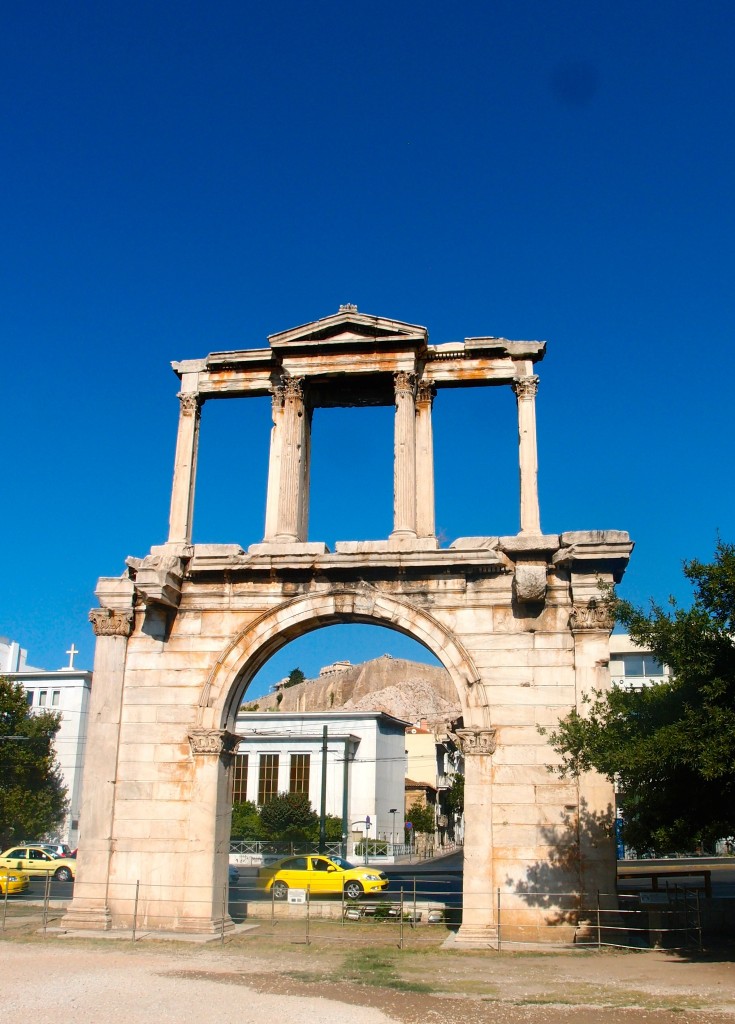
I wasn’t aware before I visited Athens of just what an impact the Romans had had on the city – funnily enough, they aren’t who I think of first when I picture its history! In fact, the Romans arrived around 88BC and extended their influence over the city for much of the next 600 years. Athens retained its status as a free city for several centuries, as its schools were so admired. There are many marks of the Romans around the city, and two of the most impressive are the Arch of Hadrian and Hadrian’s Library.
The Arch is thought to have been constructed to honour Emperor Hadrian, who built many important buildings and was a noted benefactor of Athens. One of these was the Library, which is located to the north of the Acropolis.
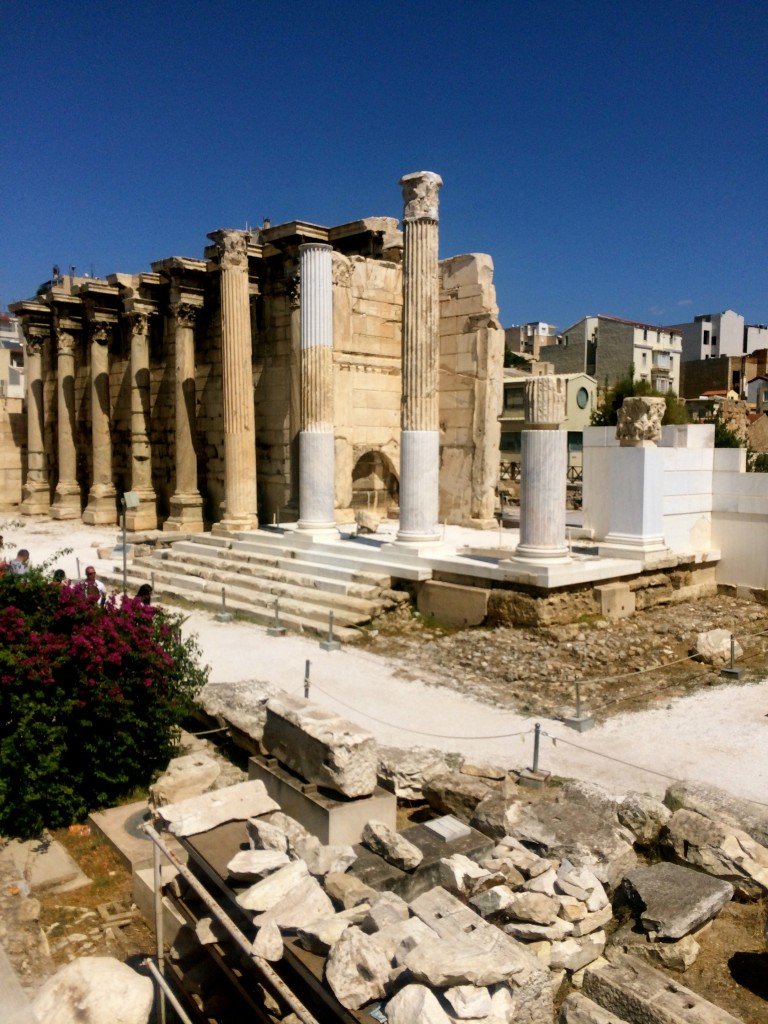
Zappeion Roman Baths
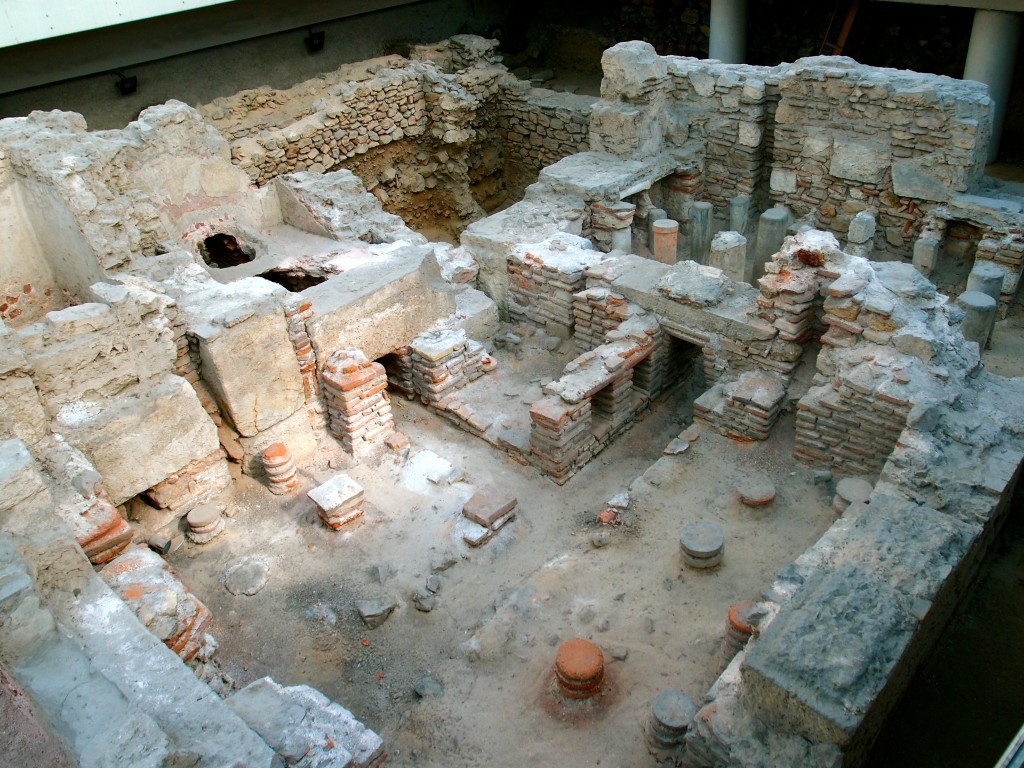
History is truly everywhere in Athens, as was demonstrated in 2000 when excavations for an extension of the subway ahead of the Olympics uncovered a large Roman Bath complex at Zappeion. It’s a well-preserved complex that you can view from above, with a clear view of the pillars that would have allowed the floors and rooms to be heated for a luxurious bathing experience.
Areopagus Hill
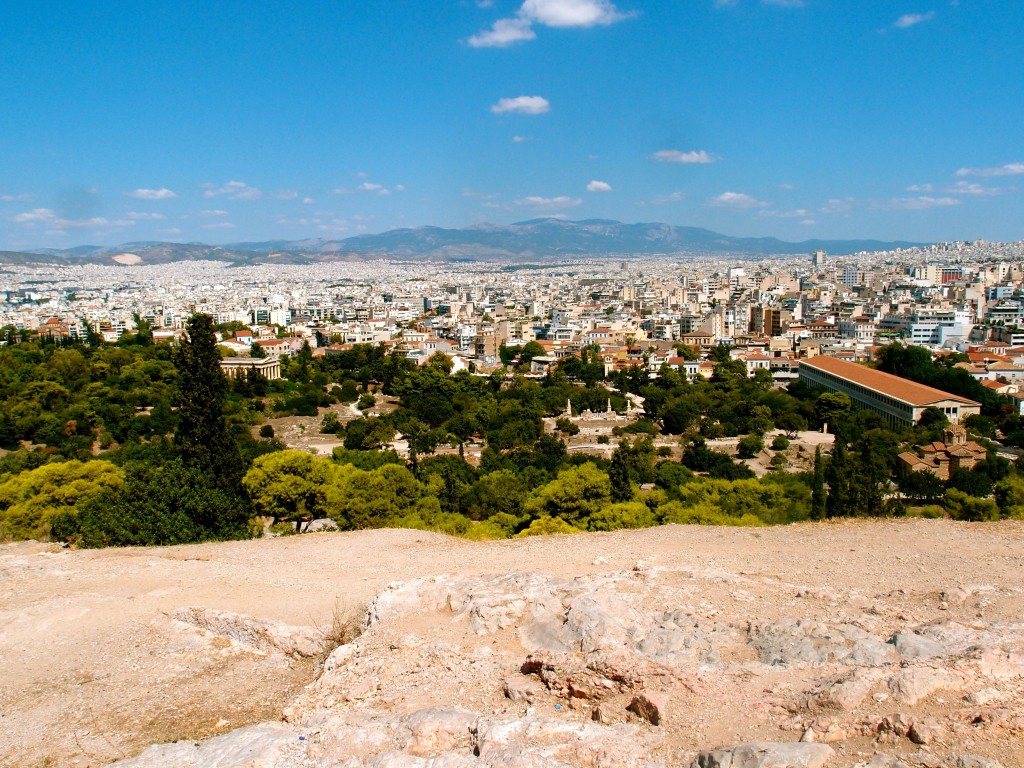
The Areopagus Hill is a huge mass of rock that not only gives stunning views over Athens and of the Acropolis, but has a rich history. Up until the 5th century BC it was where the elders of the city held their council, similar to the Roman Senate. It was the scene of criminal and civil trials, mostly appeals. Now it swarms with tourists seeking the best spot to grab a panorama shot! To the south towards the Acropolis, there are groves of olive trees, which legend says have been there since the goddess Athena invented the olive tree to win the loyalty of the people of Athens.
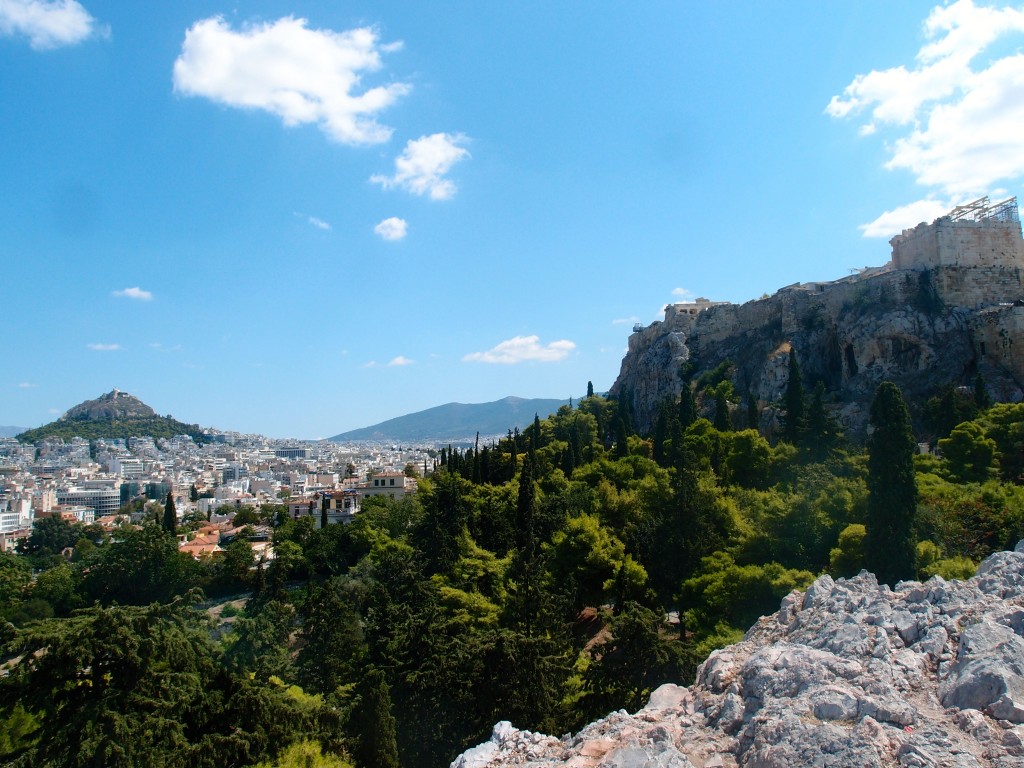

Church of Panaghia Kapnikarea
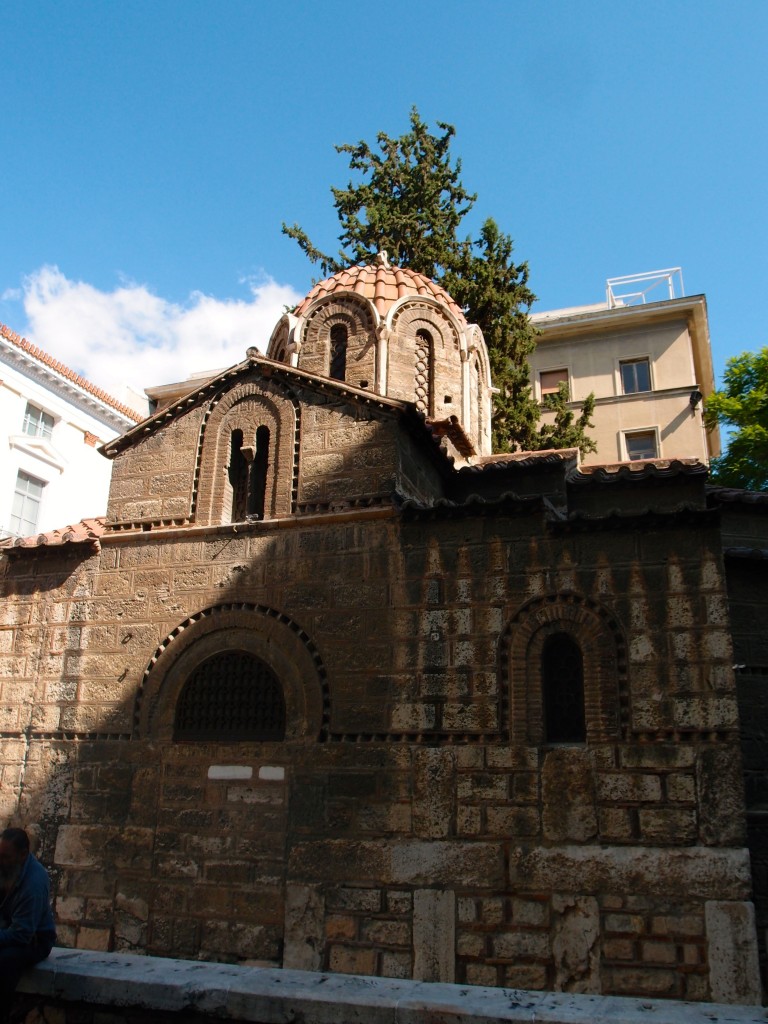
The gorgeous Church of Panaghia Kapnikarea lies in the centre of town but is somehow still an oasis of calm. Thought to date from around the 11th century, its domed roof echoes that of Aya Sofya in Istanbul. I loved this beautiful mosaic of the Madonna and Child.
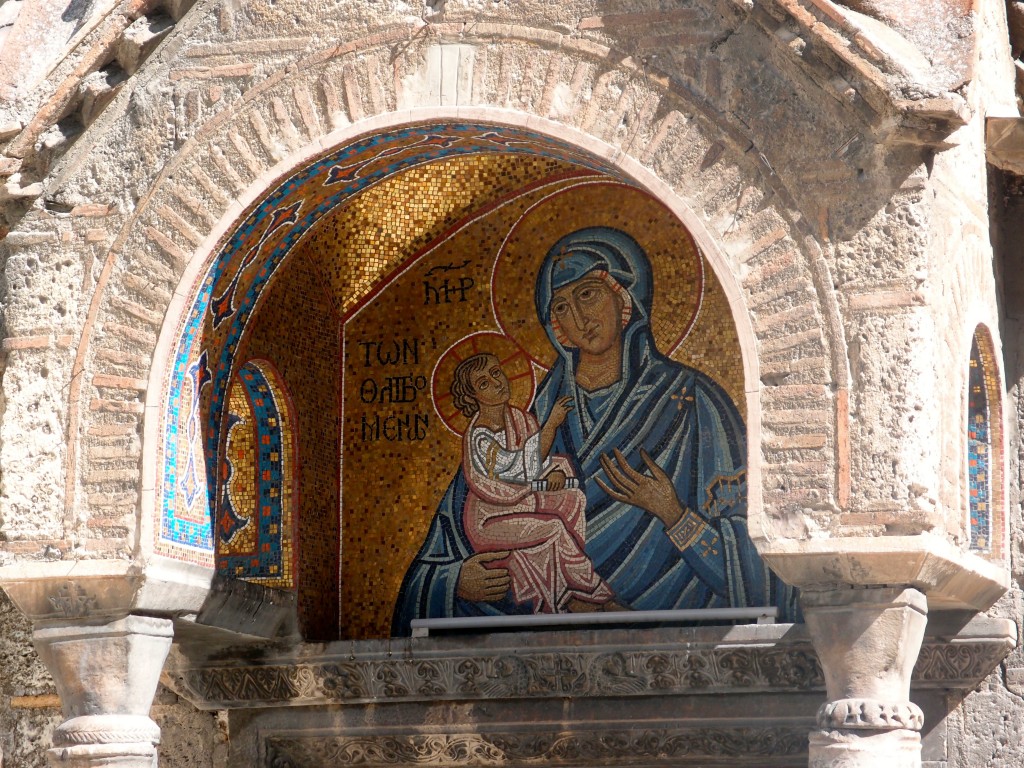
Philopappou Hill

Finally, for more unbeatable views of the Acropolis, Athens and out to sea, head to Monument Philopappos atop Philopappou Hill. Located in a gloriously shady park, the monument is part of the ancient Roman walls that once protected Athens. Unlike Areopagus Hill, it was peaceful and almost deserted, leaving us to simply enjoy the panoramas – the perfect way to spend our last few hours in this incredible city.
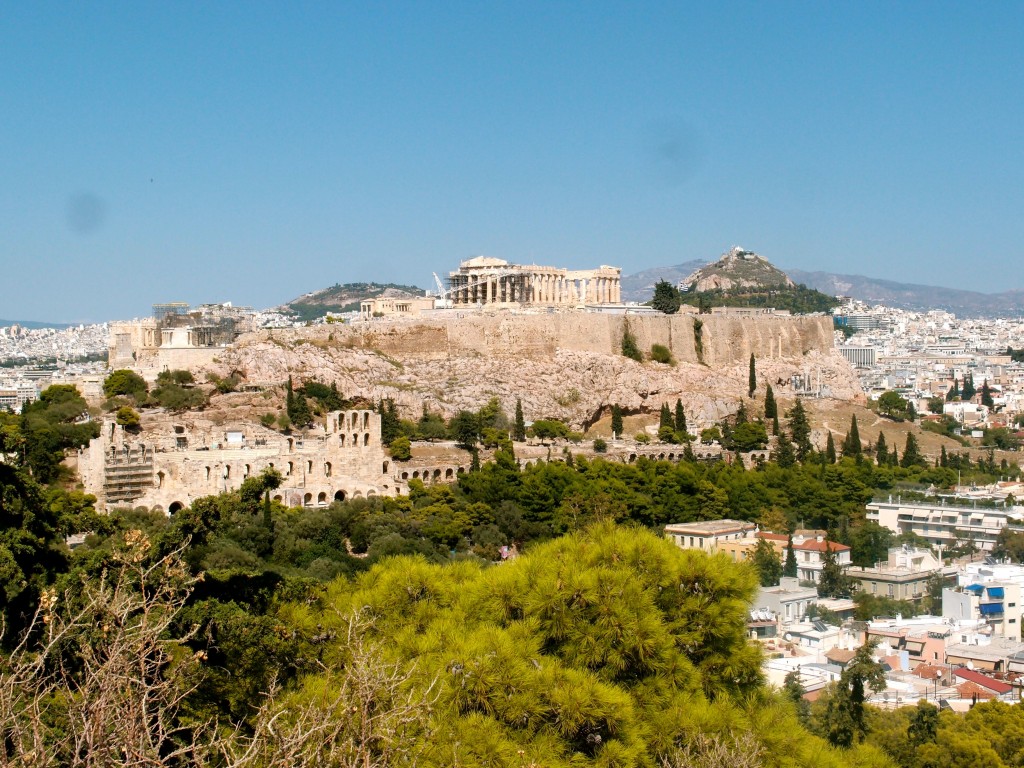
Have you visited Athens? What did you think?


